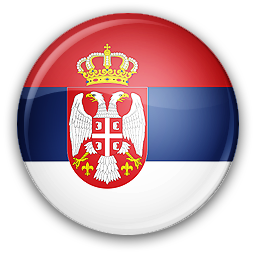Electricity transmission, system operation and the international trade of electricity are governed at the state-level of Bosnia and Herzegovina. The legal framework on that level consists of the Law on Electricity Transmission, Regulator and System Operator (2002, amended in 2003, 2009 and 2011), the Law establishing an Electricity Transmission Company (2004, amended in 2009) and the Law establishing an Independent System Operator for the Transmission System (2004). The administrative competences on the state-level are allocated to the Ministry of Foreign Trade and Economic Relations of Bosnia and Herzegovina (MoFTER) and the State Electricity Regulatory Commission (SERC).
The transmission system is organised and operated at state-level. It is separated in two companies. The independent system operator Nezavisni Operator SistemaBiH (NOS BiH) is a non-profit enterprise established by a State law in 2004, responsible for the dispatching of generation, operation and balancing of the electricity system and allocation of the crossborder interconnection capacity. NOS BiHis not corporatized and operates as a state-level service provider financed through a regulated tariff approved by SERC. NOS BiHis owned by the two entities in the same ratio as the transmission company.
The shares of the transmission company Elektroprenos(also referred to as Transco) belong to the two entities – Federation of Bosnia and Herzegovina (58.90%) and RepublikaSrpska (41.10%). Elektroprenosowns the transmission network and bears the responsibility for the connection of generation and loads to the network, its maintenance and development, the transmission of electricity and metering. The transmission network of Bosnia and Herzegovina is interconnected with the neighbouring systems of Croatia, Serbia and Montenegro.
The transmission network performances indicate relatively stable operational safety and a low level of losses at 1.84% in 2012. These technical indicators, however, result mainly from the development of the network in the past. They cannot complement the fact that Elektroprenospersistently fails to perform most of its duties related to maintenance, development, planning and investment in the transmission infrastructure. Due to a protracted stalemate in the company’s decision- making bodies, for a period of five years no significant activities in these areas have been undertaken. The standard transmission network performance indicators (SAIFI, SAIDI) are comparable with the neighbouring networks. However the lack of investment activities alone represents a serious shortcoming in the performance of the electricity sector and a possible threat to the future safety of the transmission system operation and electricity supply in Bosnia and Herzegovina.
The distribution networks on entity level are relatively well developed and maintained by each of the operators. Distribution losses in 2012 averaged 12.5%.
Note: Article is a extract from Bosnia power market report 2014.
Source; Serbia Energy See Desk







